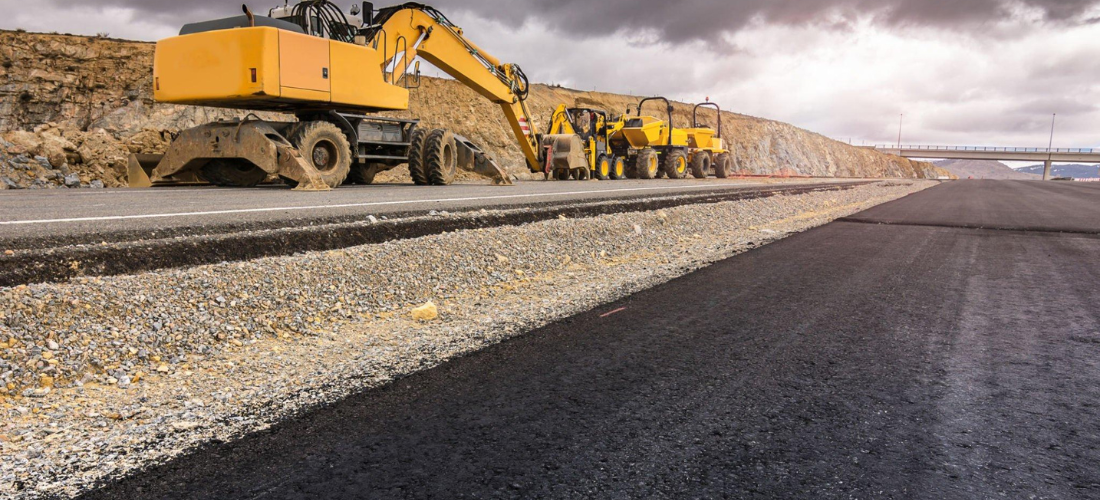When it comes to building and maintaining roads, durability, safety, and sustainability are top priorities. In the realm of bitumen road construction, a game-changer has emerged in recent years: microsurfacing. This innovative technique is transforming the way we think about road surfaces, offering a cost-effective, eco-friendly, and long-lasting solution for our ever-expanding transportation networks.
What is Microsurfacing?
Microsurfacing is a protective seal coat consisting of a mixture of polymer-modified emulsified asphalt, mineral aggregate, mineral filler, water, and additives. It is applied as a thin layer on the existing road surface. Unlike traditional asphalt overlays, microsurfacing is much thinner, ranging from 6 to 9 millimeters in thickness, making it a versatile choice for various road conditions.
The Advantages of Microsurfacing
1. Enhanced Durability:
Microsurfacing significantly extends the lifespan of road surfaces. Its composition includes polymer-modified asphalt, which provides superior resistance to wear and tear. This added durability reduces the frequency of road maintenance, saving both time and money in the long run.
2. Improved Safety:
Safety is a paramount concern in road construction. Microsurfacing offers excellent skid resistance, even in wet conditions. This feature enhances driver safety by reducing the risk of accidents caused by slippery road surfaces.
3. Rapid Installation:
Microsurfacing projects can be completed quickly, minimizing disruptions to traffic flow. Since it is applied in a thin layer, roads can be reopened to the public shortly after application, reducing inconvenience for commuters and businesses.
4. Cost-Effective:
Compared to traditional road resurfacing methods, microsurfacing is cost-effective. Its thin application layer means less material is required, and its rapid installation reduces labor costs. Additionally, the extended lifespan of microsurfacing minimizes the need for frequent repairs.
5. Environmentally Friendly:
Microsurfacing is an environmentally friendly option for road construction. The lower energy consumption during production, reduced material usage, and longer lifespan contribute to a smaller carbon footprint. Moreover, it emits fewer volatile organic compounds (VOCs) during installation, making it a greener choice for road maintenance.
Applications of Microsurfacing
Microsurfacing can be applied to various road types, including residential streets, highways, parking lots, and even airport runways. Its adaptability and versatility make it suitable for a wide range of applications.
Conclusion
Microsurfacing is undeniably a game-changer in the world of bitumen road construction. Its durability, safety enhancements, cost-effectiveness, and eco-friendly attributes are revolutionizing the way we build and maintain our road infrastructure. As our transportation networks continue to expand, embracing innovative solutions like microsurfacing will be crucial in ensuring the longevity, safety, and sustainability of our roads. So, the next time you drive on a smooth, skid-resistant road, you might just be experiencing the benefits of microsurfacing, the future of bitumen road construction.

